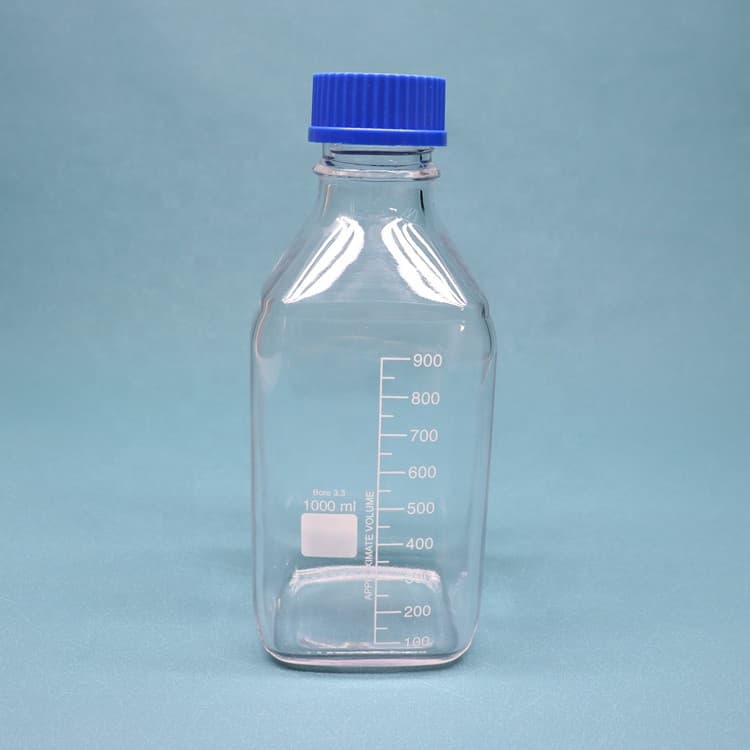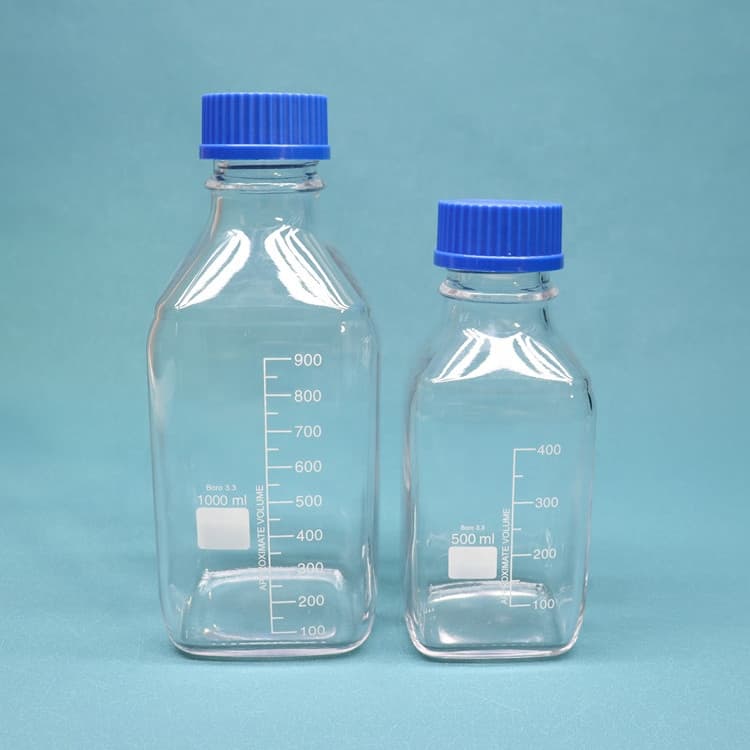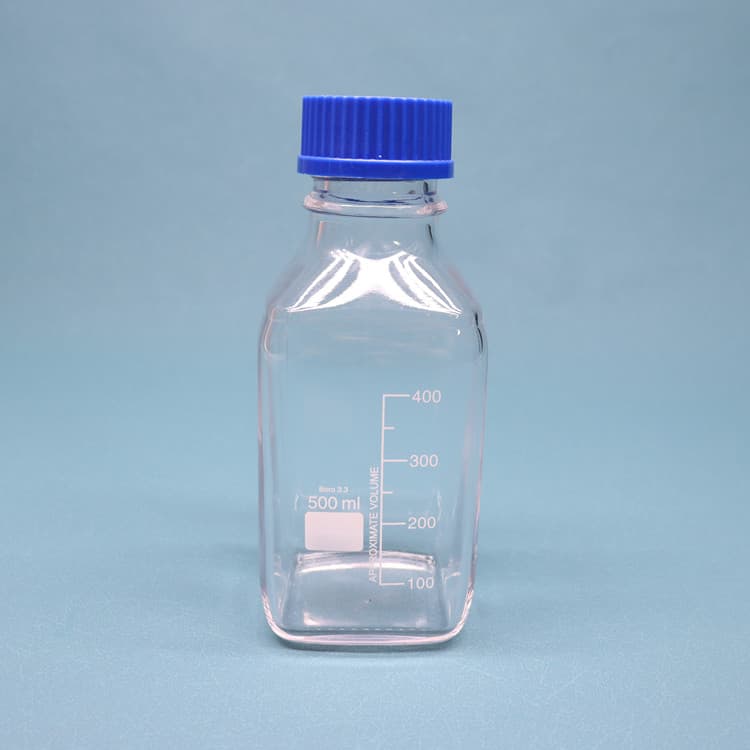



2016年11月15日 · Nalgene Square PET and PETG Media Bottles are the ideal media, sera, buffer, reagent storage, and shipping containers in today’s pharmaceutical, diagnostic, and
Narrow-necked bottles, wide-necked bottles, spray bottles, wash bottles, reagent bottles, UN bottles, lab bottles and dropping bottles made of different plastics and aluminum, in different sizes.
Reagent Bottles. Constructed from plastic, glass, borosilicate glass or soda-lime glass, reagent bottles feature stoppers or caps, which protect the contents from spilling or outside environmental contamination. Reagent bottles are excellent for storing powders and liquids. Reagent bottles in tinted amber or red protect light-sensitive contents
Recognized standard. Ficoll-Paque PLUS (density 1.077 g/mL) is a recognized standard in laboratories worldwide for the isolation of mononuclear cells for analytical research studies. Upstream fed-batch applications: Cell-culture media preparation, harvesting, intermediate storage and pooling. Upstream perfusion application: 200 L bioreactor, 1
Bottletop Dispenser. Warranty. 1 year free replacement warranty against any manufacturing defects. For Use With (Equipment) Bottle Top Dispenser is used in laboratories to dispense reagent from the bottle in a preset volume accurately and safely into a receiving vessel. Viscosity Rating. 500mm 2.
Catalog number: 30APPRN. Manufactured under controlled cleanroom conditions, this clear robust RNase, DNase, human DNA and Pyrogen free polypropylene container has a wealth of
Borosil® Reagent Square Glass Bottles DIN Thread Graduated GL80 PP Screw Cap Pouring Ring, 500 mL, CS/10. Borosil® Square Reagent Bottles, graduated with a polypropylene screw cap and polypropylene pouring ring are great for long-term storage and different applications in the pharmaceutical industry. The pouring ring fitting allows for a drip
Polystyrene (PS) Labware. Polystyrene is rigid and non-toxic, with excellent dimensional stability and good chemical resistance to aqueous solutions, but limited resistance to solvents. This glass-clear material is commonly used for disposable laboratory products. Products made of polystyrene are brittle at ambient temperature and may crack or
2019年2月9日 · Various sections of the QS regulation have an impact on labeling: Section 21 CFR 820.80 (b) requires the inspection and testing of incoming materials including labeling; and 21 CFR 820.70 (f
2016年5月6日 · Instructions for use: For most applications (Wiping down countertops, equipment, pipettes) the decon solution can be diluted 2-3X, wiped on, allowed to soak for several minutes and then rinsed off with distilled water and towels. More stubborn messes can be hit with undiluted mix. Glass and parts can be set to soak in straight or diluted (2-3X
of extraction reagent from a dropper bottle are added to the top hole of the swab the swab well, and firmly pushed upwards until the swab tip is visible through the the extracted sample into
2022年3月7日 · Grey. 7. Royal Blue. 8. Black. Most blood collection tubes contain an additive that either accelerates clotting of the blood (clot activator) or prevents the blood from clotting (anticoagulant). The list below lists the most commonly used blood collection tubes, their additives and uses in laboratory: 1. Red.
2020年12月24日 · You can use either distilled or deionized water if you want to use the purest form of water. But, distilled is free from every possible impurity in water than in deionized water. This is because deionized water might still retain uncharged contaminants in the water not removed during the deionization process.
®BPN 9316718- B - en - 2020-05 bioMérieux - English - 3 platelets as a secondary or safety measure test, the platelet specimen should be taken at no sooner than day 3 or day 4 from the time of